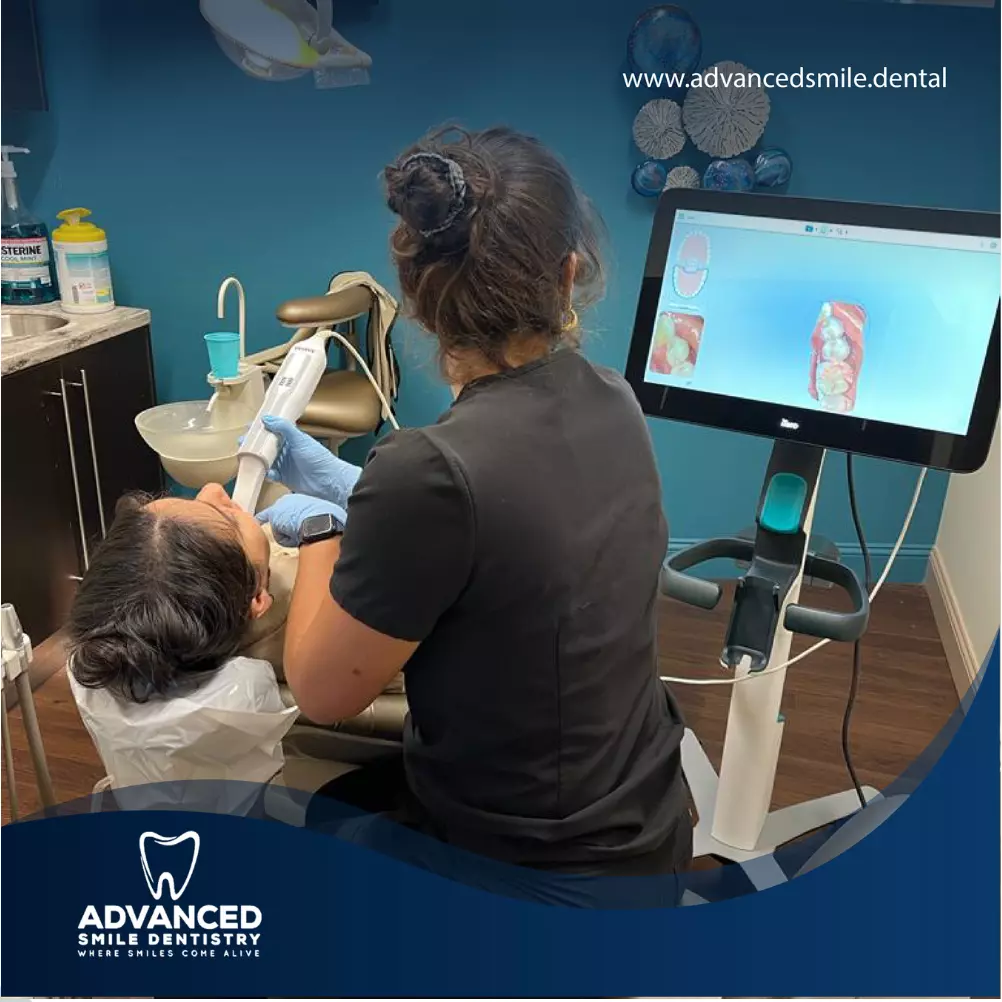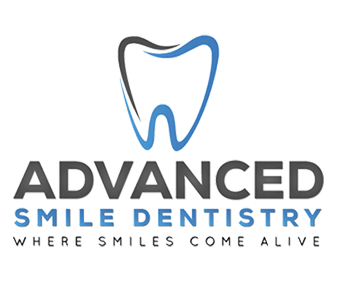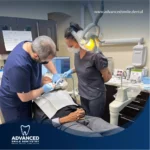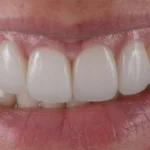What are Types of Dental Crowns and How Much Cost Of Each Type Dental Crowns

#1What is a Dental Crown?
A dental crown, also known as a dental cap, is a dental restoration that covers or encases a damaged or weakened tooth. It is a tooth-shaped prosthetic that is placed over the existing tooth to restore its shape, size, strength, and appearance.
Dental crowns are commonly used to:
-
- Strengthen a weakened tooth: When a tooth is severely decayed, cracked, or otherwise damaged, a crown can provide structural support and prevent further damage.
- Restore a broken or fractured tooth: Dental Crowns are used to repair teeth that have been fractured or broken due to trauma or extensive decay.
- Protect a tooth after a root canal: Following a root canal procedure, a crown is often placed over the treated tooth to protect it and restore its function.
- Cover a misshapen or discolored tooth: Crowns can be used to improve the appearance of teeth that are misshapen, severely discolored, or have other cosmetic imperfections.
- Support a dental bridge: Dental crowns can be used as abutments to anchor a dental bridge in place, filling the gap created by missing teeth.
What is a Dental Cap or Crown?
While “dental crown” is the more commonly used and recognized term within the dental profession, “dental cap” is a more colloquial or layman’s term for the same dental restoration.
Dentists typically use the term “dental crown” to describe this procedure when discussing it with patients or in professional settings. However, it’s not unusual for individuals to refer to it as a “dental cap” in informal conversations due to its similarity in concept.
#2What Types of Dental Crowns and How much Cost Of Each Type Dental Crowns?
-
Porcelain Crowns (All-Porcelain or All-Ceramic):
- Porcelain crowns’s cost range: $1,200 to $3,500 per crown
- All-porcelain crowns are highly aesthetic and are often used for front teeth due to their natural appearance.
-
Porcelain-Fused-to-Metal (PFM) Crowns:
- Cost Range: $800 to $2,500 per crown
- PFM crowns combine the strength of a metal substructure with the natural appearance of porcelain. They are suitable for both front and back teeth.
-
Metal Crowns (Gold or Silver-Colored Alloys):
- Cost Range: $1,000 to $3,000 per crown
- Metal crowns are known for their durability and longevity. They are typically used for back teeth.
-
Zirconia Crowns:
- Zirconia crowns’s cost range: $1,500 to $3,000 per crown
- Zirconia crowns are strong, durable, and aesthetically pleasing. They can be used for both front and back teeth.
-
Resin Crowns:
- Cost Range: $400 to $800 per crown
- Resin crowns are less expensive but also less durable than other crown types. They are often used as temporary solutions.
-
Stainless Steel Crowns (Pediatric Dentistry):
- Cost Range: $400 to $900 per crown
- Stainless steel crowns are commonly used to restore primary (baby) teeth in pediatric dentistry.
-
Temporary Crowns:
- Cost Range: $200 to $700 per crown
- Temporary crowns are made of temporary materials and are usually less expensive than permanent crowns.
Cost of each type dental crowns ranges are approximate and can vary based on several factors, including geographic location, the specific dental practice, the complexity of the case, and any additional procedures that may be required (such as root canals or tooth extractions).
Additionally, dental insurance may cover a portion of the cost, so it’s advisable to check with your insurance provider for coverage details.
#3Can you Crown a Front Tooth?
You can crown a front tooth. Dental crowns are commonly used to restore the function, shape, and appearance of a tooth, including front teeth.
- Diagnosis: Your dentist will first examine your tooth to determine if a crown your front tooth is necessary. If the front tooth is severely damaged or has extensive decay, a dental crown may be recommended.
- Tooth Preparation: To prepare the front tooth for a crown, your dentist will remove any decayed or damaged portions and shape the remaining tooth structure. In some cases, they may need to build up the front tooth with a filling material to provide a stable foundation for the dental crown.
- Impression: After the front tooth is prepared, your dentist will take an impression of the tooth and the surrounding teeth. This impression is used to create a custom-made crown that fits perfectly.
- Temporary Crown On Front Teeth: While the permanent crown is being fabricated in a dental laboratory, your dentist may place a temporary crown over your prepared tooth to protect it.
- Crown Placement: Once the permanent dental crown is ready, your dentist will remove the temporary crown and cement the new crown in place. They will check the fit, adjust the bite, and ensure that it looks natural.
Front tooth crowns are often made of materials like porcelain or ceramic, which can be color-matched to your natural teeth, providing a lifelike appearance.
Crowns are used for various reasons, including repairing teeth with extensive decay, restoring teeth that have undergone root canal treatment, improving the appearance of discolored or misshapen teeth, and strengthening weak or damaged teeth.
#4What are crowns made of?
Dental crowns come in various types, each with its own advantages and considerations. The choice of crown type depends on factors such as the location of the tooth, the patient’s preferences, and the dentist’s recommendations.
Here are some common types of dental crowns:
-
Porcelain Crowns:
- All-Porcelain (All-Ceramic) Crowns: These crowns are made entirely of porcelain or ceramic material. They provide a natural and aesthetically pleasing appearance, making them a popular choice for front teeth. They are free of metal and are suitable for patients with metal allergies.
-
Porcelain-Fused-to-Metal (PFM) Crowns:
- PFM crowns have a metal substructure covered with a layer of porcelain. The metal provides strength and durability, while the porcelain outer layer gives them a natural tooth color. PFM crowns are often used for both front and back teeth.
-
Metal Crowns:
- Metal crowns, such as gold or silver-colored alloy crowns, are known for their strength and durability. They are less likely to chip or break compared to all-porcelain crowns. However, they are more noticeable due to their metallic appearance and are primarily used for back teeth.
-
Zirconia Crowns:
- Zirconia crowns are made from a strong and durable ceramic material called zirconium oxide. They are known for their strength and aesthetic properties, making them suitable for both front and back teeth.
-
Resin Crowns:
- Resin crowns are made from a type of dental resin material. They are less durable than other crown types and are often used as a temporary solution before a permanent crown can be placed.
-
Stainless Steel Crowns:
- Stainless steel crowns are commonly used in pediatric dentistry to restore primary (baby) teeth. They are durable and cost-effective.
-
Temporary Dental Crowns:
- Temporary crowns are typically made from acrylic or other temporary materials. They are used as a temporary solution while a permanent crown is being fabricated in a dental laboratory.
-
Composite Crowns:
- Composite crowns are made from tooth-colored composite resin material. They are less common than other crown types and are often used for specific cases.
Your dentist will discuss these options with you and help you select the most suitable type of crown for your specific dental needs.
#5What to do if temporary crown falls off?

If a temporary crown falls off, it’s important to take action promptly to protect the underlying tooth and prevent any further issues.
-
Retrieve the Crown (if possible):
- If the temporary crown has fallen off intact and is in your possession, keep it in a safe place. Your dentist may be able to re-cement it back in place.
-
Contact Your Dentist:
- As soon as the temporary crown falls off, contact your dentist’s office to report the issue. Explain the situation and schedule an appointment to have the crown re-cemented or replaced. It’s crucial to do this promptly to avoid potential complications.
-
Temporary Crown Care:
- In the meantime, be cautious when chewing and avoid using the affected tooth as much as possible. This will help prevent further damage or discomfort. You can also try to reposition the temporary crown on the tooth with a temporary dental cement or over-the-counter dental adhesive. Follow the manufacturer’s instructions carefully if you choose to do this.
-
Maintain Oral Hygiene:
- Continue to maintain good oral hygiene during this time. Gently brush and floss your teeth, including the area around the exposed tooth, to keep it clean and prevent any debris from getting trapped.
-
Avoid Certain Foods:
- Be mindful of your diet while the temporary crown is off. Avoid hard, sticky, or chewy foods that could damage the exposed tooth or make it more uncomfortable.
-
Over-the-Counter Pain Relief:
- If you experience any discomfort or sensitivity around the exposed tooth, you can consider using over-the-counter pain relievers as directed. Consult your dentist or a healthcare professional for specific recommendations.
#6What is a dental crown procedure?
The dental crown procedure involves several steps and typically requires two separate dental appointments. Here’s an overview of the process:
First Appointment (Preparation and Impressions):
- Examination and Evaluation: Your dentist will start by examining the tooth that needs the crown. They will assess the extent of damage or decay and determine if a crown is the appropriate treatment.
- Numbing: Local anesthesia is administered to numb the tooth and the surrounding area to ensure you don’t feel any pain or discomfort during the procedure.
- Tooth Preparation: The dentist will carefully reshape the tooth to make room for the crown. This often involves removing a portion of the outer structure of the tooth, including any damaged or decayed areas.
- Impression: Once the tooth is prepared, an impression (mold) of the tooth and the surrounding teeth is taken. This impression is used to create a custom-made crown that fits precisely over the prepared tooth.
- Temporary Crown: While the permanent crown is being fabricated in a dental laboratory (which can take a couple of weeks), your dentist may place a temporary crown over the prepared tooth to protect it. Temporary crowns are usually made from acrylic or other temporary materials.
Second Appointment (Dental Crown Placement):
- Removal of Temporary Crown: If a temporary crown was placed, your dentist will carefully remove it during this appointment.
- Crown Fitting: The dentist will ensure that the permanent crown fits properly and checks the color and appearance to ensure they match your natural teeth.
- Cementing the Crown: Once satisfied with the fit and appearance, the dentist will cement or bond the permanent crown onto the prepared tooth using dental adhesive. They will make sure it is securely in place.
- Bite Adjustment: Your dentist will assess your bite to ensure that it aligns properly with the crowned tooth. Adjustments may be made to ensure a comfortable and functional bite.
- Final Polish: The dentist will polish the crown to make it smooth and closely resemble the natural sheen of your surrounding teeth.
- Post-Care Instructions: After the crown is placed, your dentist will provide instructions on caring for the crowned tooth and any potential discomfort you might experience.




